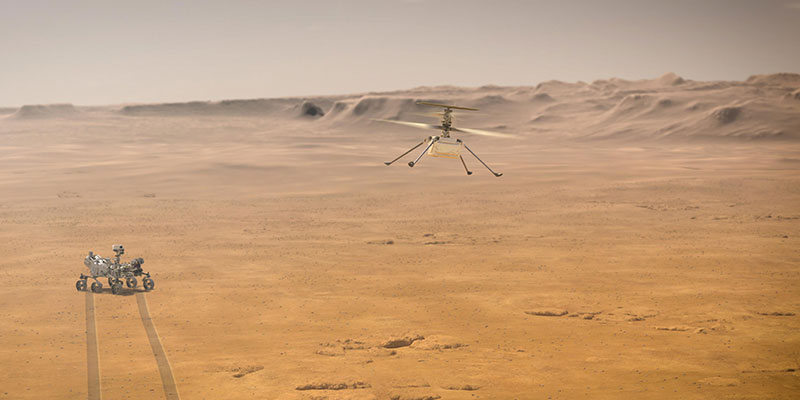
Open source software has made it possible for NASA to fly manually on Mars for the first time
Ingenuity’s achievement is not only thanks to the teams at NASA and Jet Propulsion Lab (JPL), but also to thousands of developers who have made the Martian flight possible by contributing to the open source software that has made a new engineering achievement possible.
Ingenuity, a tiny NASA helicopter, has become the first powered aircraft to fly on another planet, Mars. This engineering feat was accomplished using Linux and a NASA-created programme based on JPL’s open source F’ framework.
In fact, Ingenuity is a purely technological demonstration. It is not designed as a mission like Perseverance, which searches for signs of ancient life and collects rock and soil samples for later missions to return to Earth. Its mission is to demonstrate that it is possible to fly on Mars using commercial hardware and open source software.
Is open source software more important in our lives than we think?
Although the result, in this case, is extraordinary, the importance of open source today is often overlooked. Nearly all software on the market today relies on open source components in one way or another.
Nearly 12,000 developers on GitHub have contributed to Ingenuity software through open source. However, most of these developers are not even aware that they helped make the first flight of a Martian helicopter possible. That’s why GitHub has enabled a new badge that shows how open source contributors helped Ingenuity fly in The ReadME Project.
The list of developers was created by the JPL, which provided GitHub with a complete list of every version of every open source project used by Ingenuity. In this way, GitHub was able to identify all the contributors to these projects and their dependencies. Some of the honorees, such as Linux creator Linus Torvalds, are famous developers.








